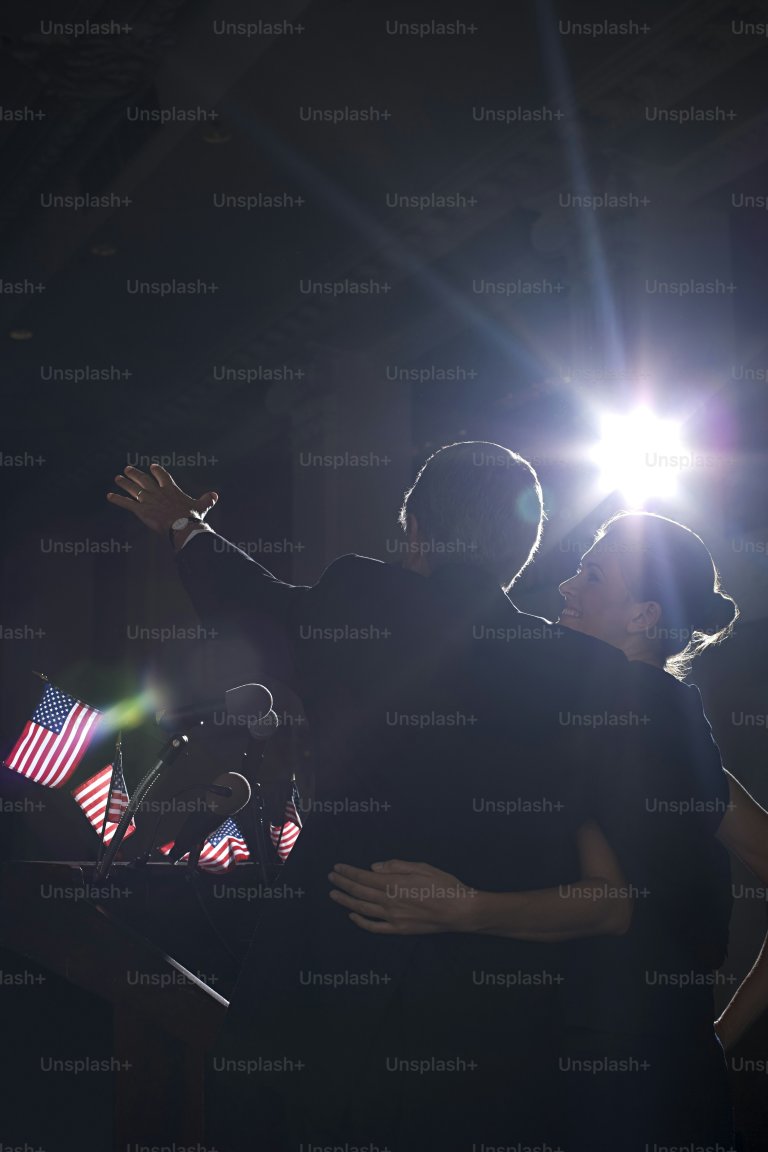Election 2010: The Great Bathroom Debate
The 2010 election was a highly contentious and divisive political event, with issues such as the economy, healthcare, and foreign relations taking center stage. But amidst all the pressing matters on the campaign trail, there was one topic that caused heated debate and sparked deep divisions – the infamous “Bathroom Debate.â€
Background
The origins of the Bathroom Debate can be traced back to 2009, when the Obama administration issued guidelines for schools receiving federal funding to allow transgender students to use the bathroom and locker rooms that correspond to their gender identity. This was seen as a victory for the transgender community, as it acknowledged their rights to use facilities that aligned with their gender identity.
However, the issue gained more prominence during the 2015 Supreme Court case, Gloucester County School Board v. G.G., which involved a transgender male student, Gavin Grimm, who sued his school for the right to use the boys’ bathroom. The case was ultimately vacated in 2017, but it opened up a national conversation about transgender rights and specifically, bathroom usage.
The Two Sides
On one side of the debate, there are those who argue that transgender individuals should be able to use the bathroom of their gender identity without fear of discrimination. This camp argues that denying someone the right to use the bathroom that aligns with their gender identity is a violation of their civil rights and perpetuates a harmful and discriminatory culture. They also point out that there have been no known instances of transgender individuals preying on others in bathrooms, debunking the myth often used by opponents of transgender rights.
On the other side, there are those who argue for strict adherence to the gender assigned at birth. They argue that allowing transgender individuals to use the bathroom of their choice creates a safety concern, especially for women and children. They also believe that it goes against traditional societal norms and could lead to confusion and discomfort for others using shared facilities.
The Political Landscape
The 2010 election brought these two sides to the forefront, as multiple states had ballot initiatives that addressed the issue of bathroom usage for transgender individuals. The most controversial of these was North Carolina’s “bathroom bill,†known as HB2, which required individuals to use the bathroom matching the sex on their birth certificate, regardless of their gender identity. This sparked controversy and protests, and eventually led to a repeal of the bill in 2017.
In other states, such as Texas and Massachusetts, similar ballot initiatives were proposed and hotly debated. Both sides spent millions of dollars in campaigning, with major corporations and celebrities also taking sides on the issue. The results of these initiatives were closely watched and seen as a bellwether for the direction of transgender rights in the country.
The Outcome
Ultimately, the 2010 election saw mixed results in terms of the “Bathroom Debate.†Texas voters rejected Proposition 1, which would have required people to use the bathroom that aligns with their sex assigned at birth. However, Massachusetts voted to uphold the state’s transgender nondiscrimination law, which protects the rights of transgender individuals to use the bathroom of their gender identity.
While these results may seem inconclusive, they do demonstrate a shift in public opinion towards greater acceptance and understanding of transgender rights. They also highlight the political ramifications of the issue and how it can shape the outcomes of elections.
The Road Ahead
The “Bathroom Debate†is far from settled, and it continues to be a highly polarizing issue in today’s political landscape. Despite the progress made in some states, there are still many who are advocating for stricter regulations on transgender bathroom usage. As a result, the issue will most likely continue to be a major point of contention in future elections.
It is also worth noting that while this debate may seem focused solely on bathrooms, it goes beyond just that. It is about the larger issue of equal rights and acceptance for transgender individuals in our society. By addressing such issues as bathroom usage, we can work towards creating a more inclusive and accepting environment for all.
In Conclusion
The “Bathroom Debate†of the 2010 election served as a microcosm of the broader discussions on transgender rights and equality in the United States. It highlighted the deep divisions and conflicting perspectives that exist on this issue and the political landscape surrounding it. As we continue to grapple with this issue, we must strive towards creating a more inclusive and accepting society for all individuals, regardless of their gender identity.
